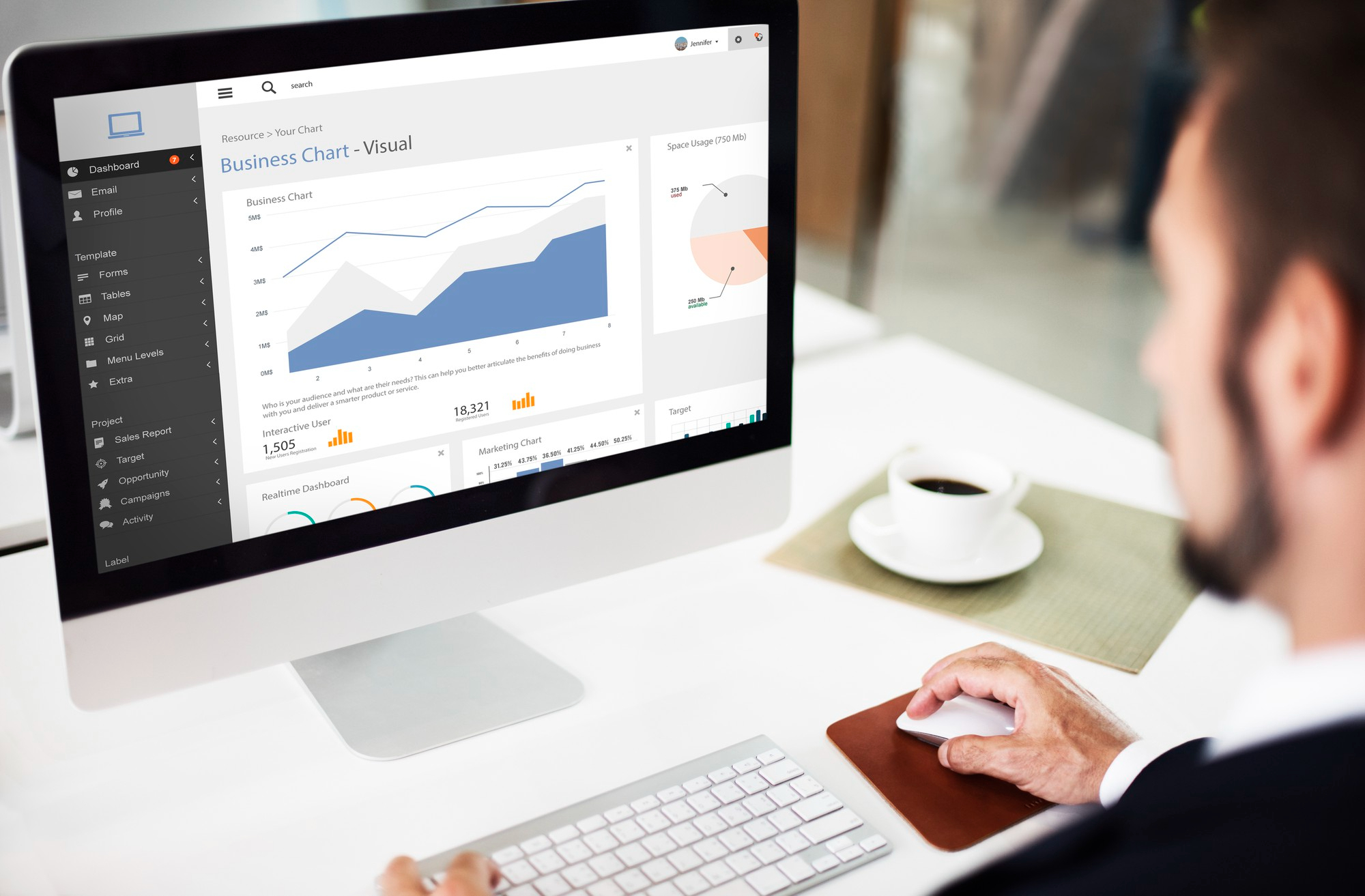Connecting Snowflake to Salesforce Tableau is a powerful integration that leverages the strengths of both platforms, offering advanced data analytics and visualization capabilities. This integration allows organizations to utilize the vast storage and computing power of Snowflake, alongside the sophisticated visualization and analytics features of Tableau. Below is a guide and discussion on key considerations and supported use cases for connecting Snowflake with Salesforce Tableau.
Setting Up the Connection
To connect Snowflake with Salesforce Tableau, follow these general steps:
- Install Tableau Desktop: Ensure that you have Tableau Desktop installed on your system.
- Gather Snowflake Credentials: You will need your Snowflake account name, user name, and password. Additionally, you should know your warehouse, database, and schema names.
- Create a Connection in Tableau:
- Open Tableau Desktop and select “Connect to Data”.
- Choose “Snowflake” as the data source.
- Enter your Snowflake credentials and any other required information, such as the server URL and warehouse details.
- Select the database and schema you want to work with.
- Click “Sign In” to establish the connection.
Key Considerations
When integrating Snowflake with Salesforce Tableau, consider the following factors for a seamless experience:
- Performance Optimization: Choose the appropriate Snowflake warehouse size to balance performance and cost. Larger warehouses can handle more data but will increase expenses.
- Security Measures: Ensure secure access to data by utilizing Snowflake’s roles and access controls. Additionally, consider using Tableau’s user filters to restrict data access.
- Data Refresh Strategies: Decide on a data refresh strategy that aligns with your business needs. You can opt for live connections for real-time data or extract data at scheduled intervals.
- Cost Management: Be mindful of Snowflake’s compute cost. Optimize query performance and manage warehouse sizes to control expenses.
Supported Use Cases
The integration of Snowflake with Salesforce Tableau supports a wide range of use cases across different industries:
- Advanced Analytics and Reporting: Create comprehensive reports and dashboards that combine data from various sources stored in Snowflake, offering insights into business operations, customer behavior, and market trends.
- Real-time Business Intelligence: With the ability to process and analyze data in real-time, businesses can make informed decisions swiftly, responding to market changes or operational challenges effectively.
- Data Sharing and Collaboration: Snowflake’s secure data sharing features combined with Tableau’s collaborative dashboards enable organizations to share insights across teams or with external partners securely.
- Customer 360 View: By integrating data from various touchpoints into Snowflake and visualizing it in Tableau, businesses can achieve a holistic view of their customers, enhancing personalization and customer service.
- Predictive Analytics: Leverage Snowflake’s storage and compute capabilities to run complex predictive models and visualize the outcomes in Tableau, supporting use cases like demand forecasting, risk assessment, and more.
Integrating Snowflake with Salesforce Tableau opens up new avenues for data exploration and insight generation. By carefully planning the integration and considering key factors such as performance, security, and cost, organizations can maximize the value derived from their data, supporting a wide range of analytical and business intelligence applications.



